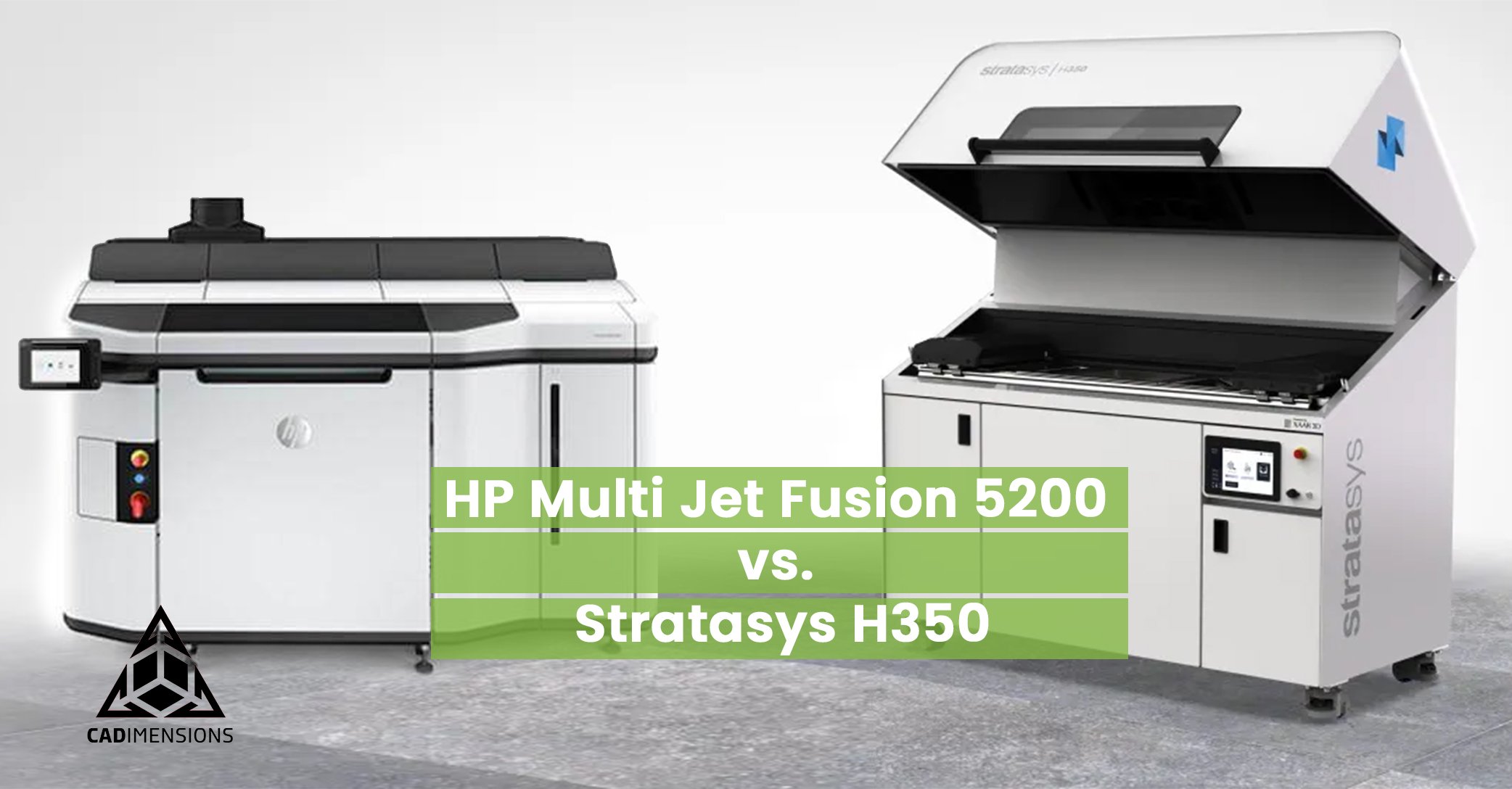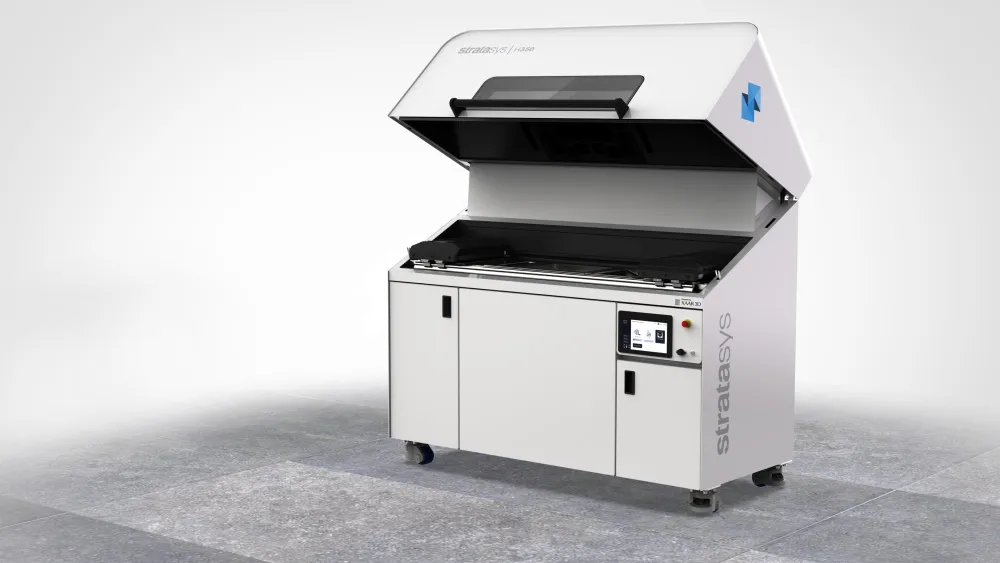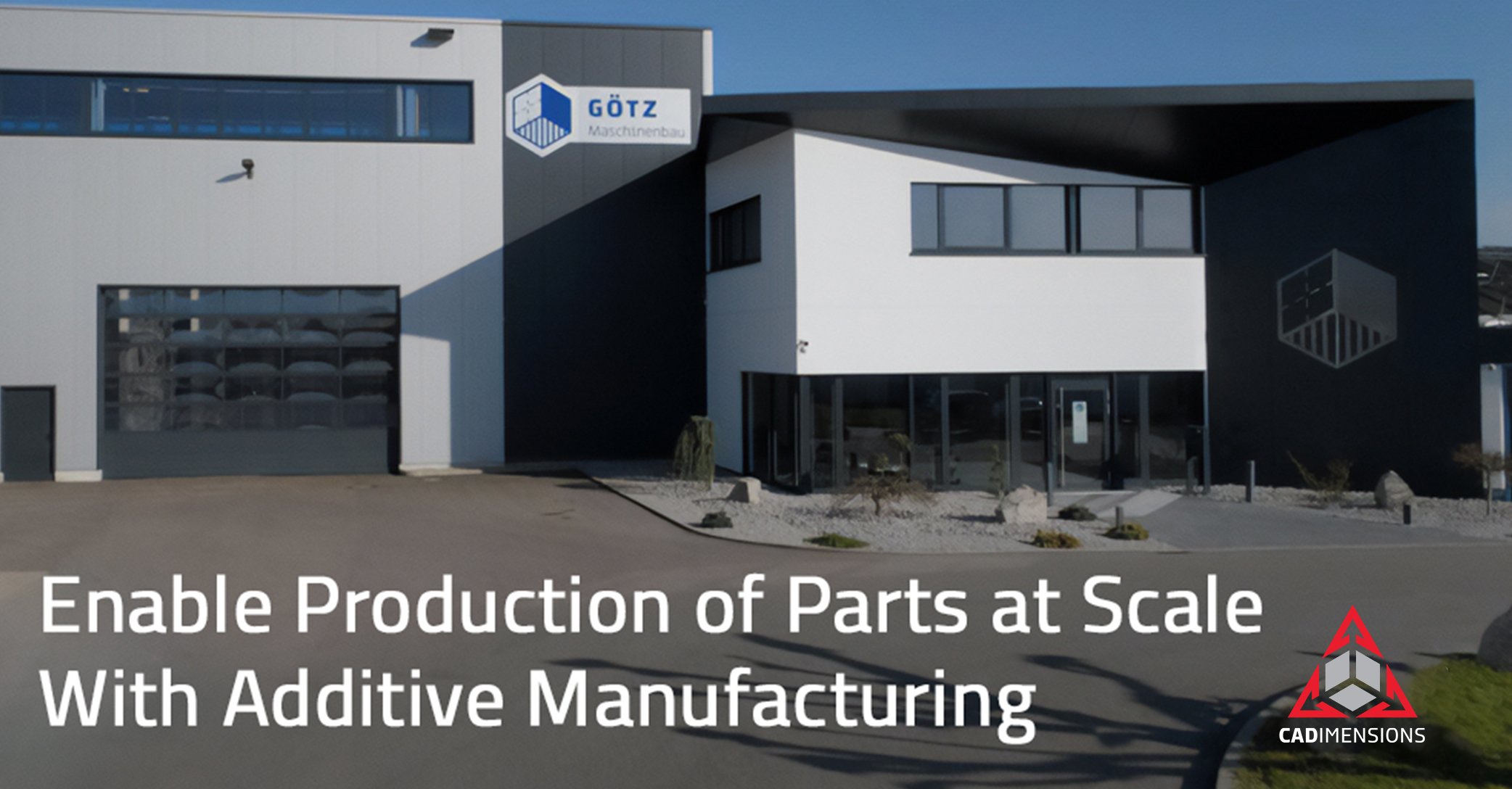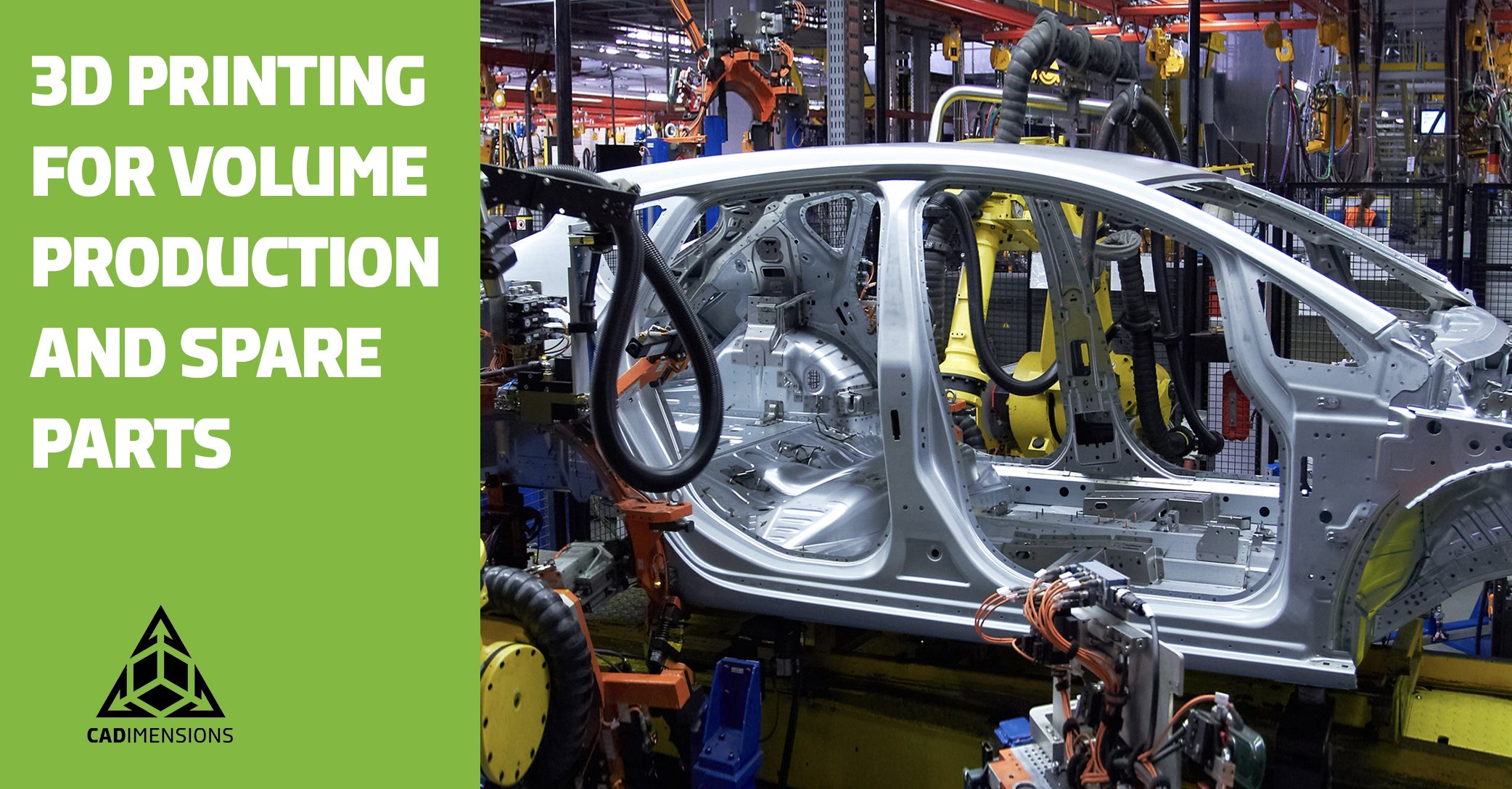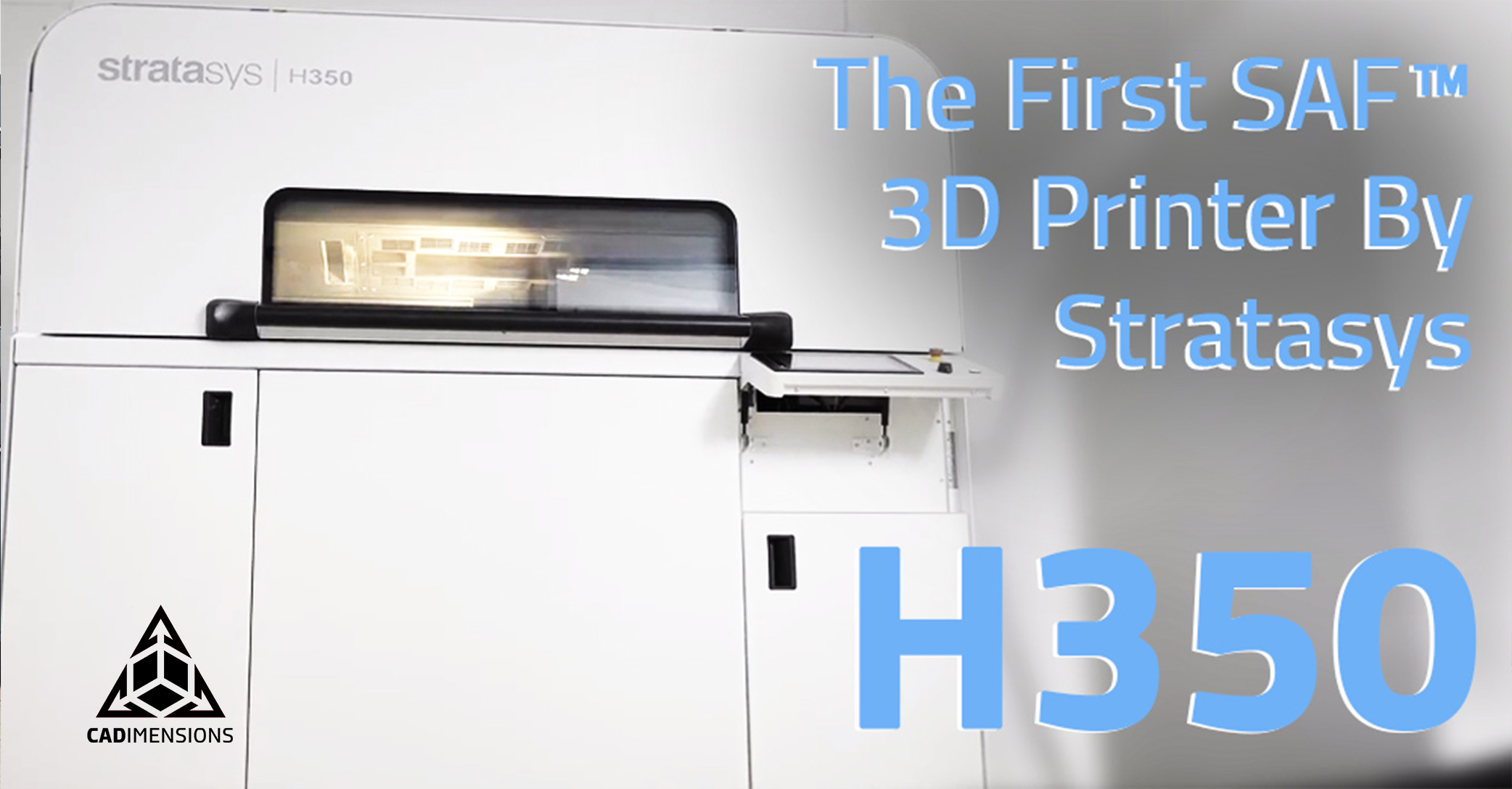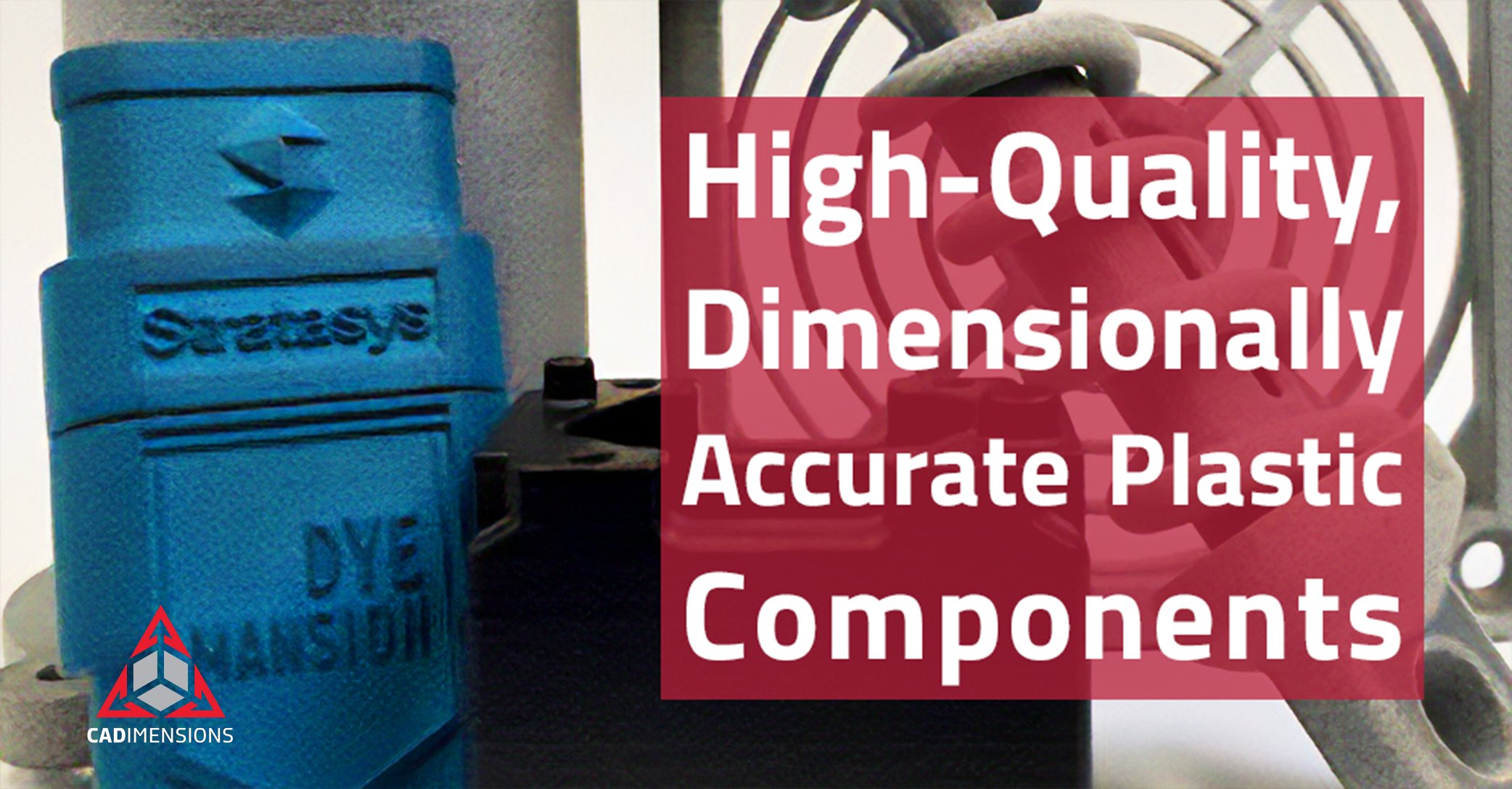Stratasys H350 vs HP Multi Jet Fusion 5200: Comprehensive 3D Printer Comparison
Innovation in the additive manufacturing field has brought to life 3D printers that have become more affordable and accessible to individuals and to businesses of various sizes. Two popular options on the market right now for manufacturers are the HP Multi Jet Fusion 5200 and the Stratasys H350. In this article, we will compare the Stratasys H350 vs HP Multi Jet Fusion 5200 models and uncover their similarities, differences, strengths, and weaknesses.
Printer Size
When comparing the Stratasys H350 vs HP Multi Jet Fusion 5200 in terms of size, the HP Multi Jet Fusion 5200 3D printer has a size of (87 x 50 x 71 in) and is (1,940.07 lbs). The Stratasys H350 3D printer has a size of (74.8 x 37.0 x 68.1 in) and is (1,819 lbs).
Print Volume & Print Capacity
The HP Multi Jet Fusion 5200 3D printer has a print volume of (15 x 11.2 x 15 in) compared to the Stratasys H350, which has a build volume of (12.40 x 8.18 x 11.53 in).
In terms of resolution of the printing accuracy, The HP Multi Jet Fusion 5200 3D printer has a layer thickness of 0.0031 inches, while the Stratasys H350 has a layer thickness of 0.004 inches.
While the HP printer is larger than the Stratasys, the H350 has better nesting capabilities and thermal experience due to the differences in the architecture of the machines, which lends a significant advantage to the H350.
Machine Pricing
The HP Multi Jet Fusion 5200 3D printer has a machine acquisition price point upwards of $449,000, and the Stratasys H350 3D printer has a price point upwards of $285,000.
Additionally, running costs (powder, fluid, printer consumables) play a major role in long-term operational expenses. While some models of the HP Jet Fusion Series have lower running costs, those models still have significantly high acquisition costs, which do not balance out.
Because the Stratasys H350 has higher nesting capabilities, the printer can pack more parts per print volume and reduce overall costs per part. This is a massive difference that puts Stratasys in the lead for most overall cost savings when comparing the Stratasys H350 vs HP Multi Jet Fusion 5200.
Printer Quality, Software & Features of Stratasys H350 vs HP Multi Jet Fusion 5200
HP Multi Jet Fusion 5200 3D printer utilizes its patented technology of multi-jet fusion, and the Stratasys H350 3D printer uses its patented technology of Selective Absorption Fusion, both are powder-bed fusion technologies. The H350’s tech provides more reliable surface finishes because no detailing agent is used, and every part in the build is experiencing the same thermal conditions at each step in the process.
In terms of software, the HP Multi Jet Fusion 5200 3D printer uses a suite of software created by HP and also supports a few 3rd party developed software. The Stratasys H350 3D printer supports 3rd party software like Materialise Magics, Siemens NX, and PTC Creo, but Stratasys has developed their own dedicated software, GrabCAD Print, that integrates with all their 3D printers.
HP’s printer has features of automated mixing and loading with ultrasonic sieving and accessible sieve mesh, a processing station, an optional natural cooling unit, as well as optional customer service. The Stratasys H350 3D printer features a single High Absorption Fluid, Big Wave powder management, a mobile trolley to transport the build and powder, and industrial-grade print heads that do not need replacing frequently.
Who Needs the HP 5200?
Between these two printers, the HP Multi Jet Fusion 5200 3D printer is good for businesses looking for high-volume prototyping as it is better when it comes to speed but makes sacrifices to precision, consistency and repeatability.
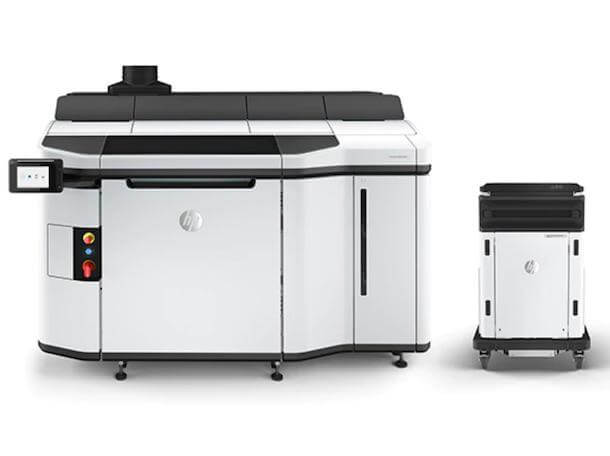
Who Needs the Stratasys H350?
The Stratasys H350 3D printer is best for businesses that need to build very reliable and consistent parts to meet the demands of the market. This includes manufacturers of end-use parts who require precision. Thanks to its part-packing technology, this printer is designed to consistently make accurate parts at amazingly high volumes and predictable costs.
High-volume production manufacturers who need to meet the demands of a growing market will benefit the most from this machine.
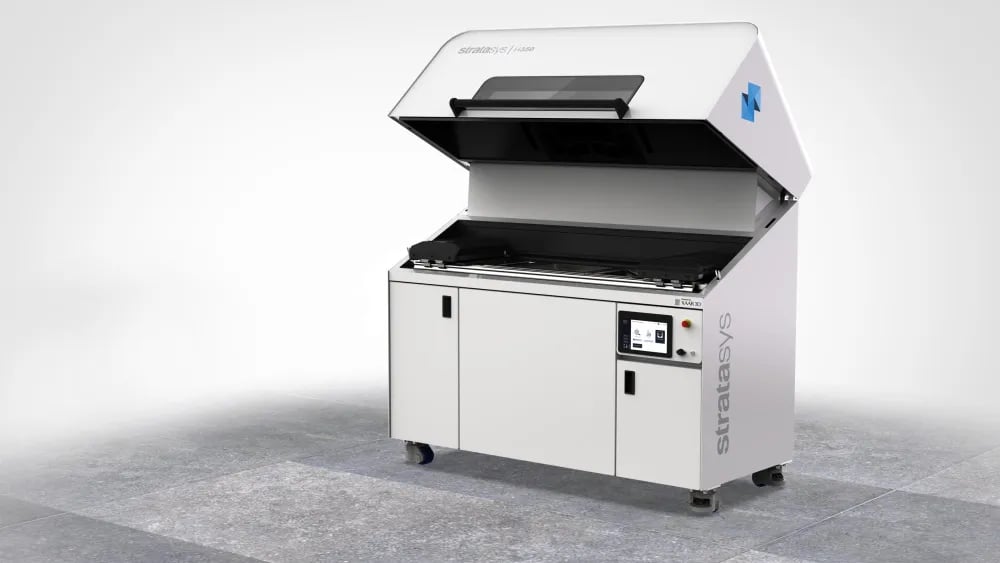
Produce Parts Rapidly Using the Stratasys H350
Talk to us about how you can grow your business and produce parts rapidly with Stratasys.
